The Suez Canal city of Ismailia has been the scene of many important developments in the past few years, all manifesting the effects climate change is having on Egypt.
The national mango production hub, the city saw its mango produce going down because of rising heat.
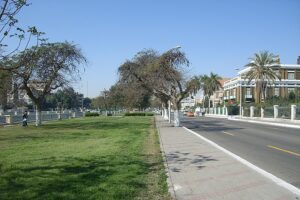
Apart from this, however, the same city has nothing to offer visitors, its residents and those who read about it, but beauty.
Located on the west bank of the Suez Canal, between Port Said and Suez, Ismailia is a modern Egyptian city, even as most of the foreign tourists who visit Egypt every year do not include it in their itinerary.
Ismailia played a great role in Egypt’s modern history, especially when it comes to resistance to foreign occupation.
The city was named after Khedive Ismail who took the reins of power in Egypt in 1863.
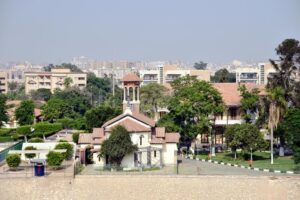
Before this, Ismailia was known as Tusun and Timsah. It was established by the French architect who developed the Suez Canal, Ferdinand de Lesseps. He wanted to make the city a base the at coordinates the waterway’s construction and accommodates workers and engineers.
The fact that the headquarters of the Suez Canal constructed in Ismailia helped the city flourish over the years. It is now one of the most important cities in the canal region and in the whole of Egypt.
The beginnings of Ismailia were closely intertwined with French presence in Egypt.
The French-designed layout with five axial neighbourhoods — two European, two Greek and one Arab — is clear when strolling the streets of Ismailia’s historic centre, especially near the tree-lined squares.
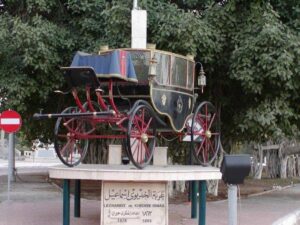
Within the blurred limits of the old French colonial city of Ismailia is an impressive villa where de Lesseps was based, considered the last example in the city of the chalets ordered by the Suez Canal Company in the mid-1850s from a French firm from Normandy.
The International Museum of the Suez Canal Authority, reportedly erected at the site of the historical administrative building of the Suez Canal Authority (SCA), is yet to be inaugurated.
In the same area is the SCA historical exhibition, established in the building where the canal’s navigation traffic was controlled in its early years.
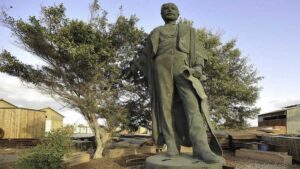
The two-storey gallery traces the story of the waterway in thematic halls that range from its digging stage until its nationalisation and to the present day.
A freshwater canal pumping water to Ismailia from the River Nile along the shore of Timsah Lake helps create a long, gardened promenade, dotted with picturesque bridges that runs south to city’s historic neighbourhood.
Following the British occupation of Egypt in 1882, Ismailia expanded, but continued to be owned by the French, so the former’s intervention in its urban development was minor and the city grew in all directions following a French-inspired model.
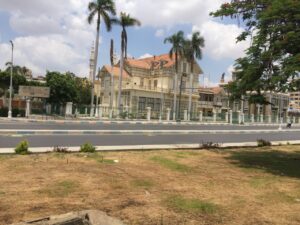
The most singular neighbourhood developed at that time was what some call the French-designed British quarter, which stretches from the eastern edges of the European quarters and the promenade along the freshwater canal.
One of the most prominent buildings of the area is Ismailia Museum constructed in 1934 at the entrance of the quarter.
Considered one of the oldest museums in Egypt, the small gallery was established to display ancient artefacts found during the construction of the waterway.
The rest of the quarter, filled with well-preserved, colonial-style villas of two-to-three storeys made of wood and bricks and with large gardens, draws one of the quietest and most charming parts of the canal-side city.
The size of the chalets stands in contrast to similar buildings in the city of Port Said, which tend to be significantly higher.
Ismailia experienced a marked transformation following Egyptian nationalisation of the Suez Canal Company in 1956 with the expulsion of European workers from the company and the city and their replacement by locals.
The city was also affected by wars with Israel, even if the damage was less noticed than in Suez city, and it was evacuated from 1968-75 when the canal was closed.

Despite changes since the 1950s, Ismailia has kept the grand nature of its old quarters, featuring a city with several historical layers that mirror major events that have shaped it.





Discussion about this post